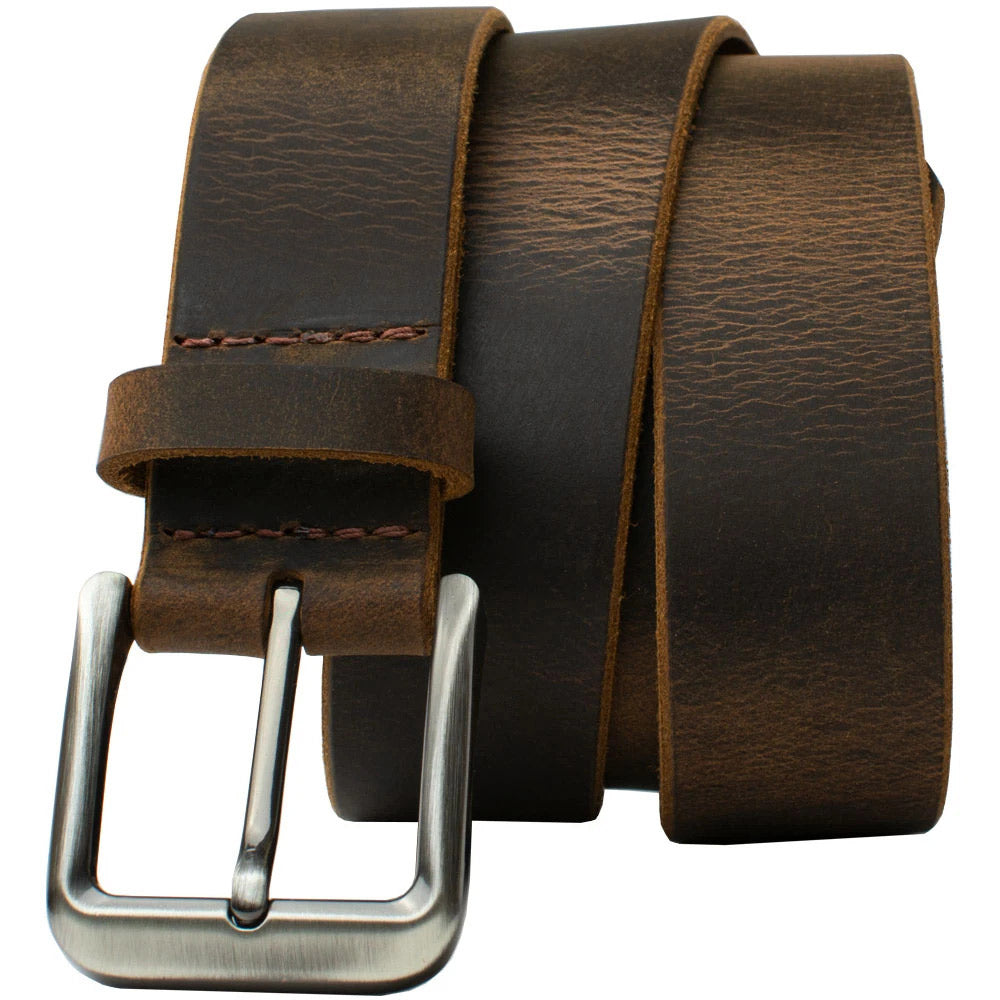Nickel Allergy 101

There is no cure for nickel allergy. It affects a great number of people and thankfully can be managed by avoidance and knowledge. This information will help you understand nickel allergy and avoid nickel in your everyday life.
Piercing is a major cause of nickel allergy. When the skin is injured, prolonged contact with the nickel-containing stud is a well-known cause of sensitization. Sensitization can take a week, a month, or even years to occur.
Nickel salts from the jewelry penetrate the skin and cause the sensitization, then ultimately an allergic reaction. Once an individual is sensitized to nickel, symptoms will appear after contact with nickel.
There is no cure for nickel allergy. Avoidance of nickel is essential for remaining symptom-free.
Nickel allergy is the most common cause of contact dermatitis in the industrial world, particularly affecting females, and it is on the rise. For more information on nickel allergy, visit our nickel allergy resources.
Nickel Allergy Symptoms
Nickel allergy is a very common form of dermatitis called allergic contact dermatitis or ACD. A rash develops after contact with nickel and may have the following characteristic(s): red, itchy, swelling, welts or hives, and cracks or fissures.

Nickel allergy is considered a delayed Type IV allergy, meaning an allergic reaction may occur up to 48 hours after contact with nickel.
Nickel Allergy Treatment
The best treatment if you have nickel allergy is to AVOID nickel.
For immediate relief, your doctor may recommend a steroid cream to help reduce inflammation and redness. Nickel allergy rashes usually clear once contact with nickel is stopped. It is important to identify the source of nickel and avoid it.
How to avoid nickel
- The key to avoiding nickel is to identify it BEFORE your skin does.
- Nickel may be found in places you might not suspect -- cosmetics, cell phones, and more! Be creative about looking for sources of your nickel reaction.
- All metal items suspected of containing nickel may be tested with a dimethylglyoxime test called Nickel Alert®. Nickel Alert quickly, safely and easily tests jewelry and other metal items for the presence of nickel.
- Test your metal items frequently—including “nickel free” and “hypoallergenic” items which still may have nickel in the base.
- Apply Nickel Guard® as a barrier between nickel containing items (such as eye glasses) and your skin.









